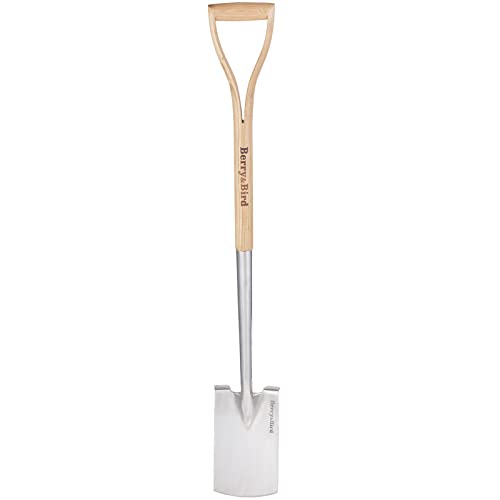When to divide plants – for new perennials that establish fast and flower abundantly
Our experts explain the best times to divide perennials and populate your yard for free

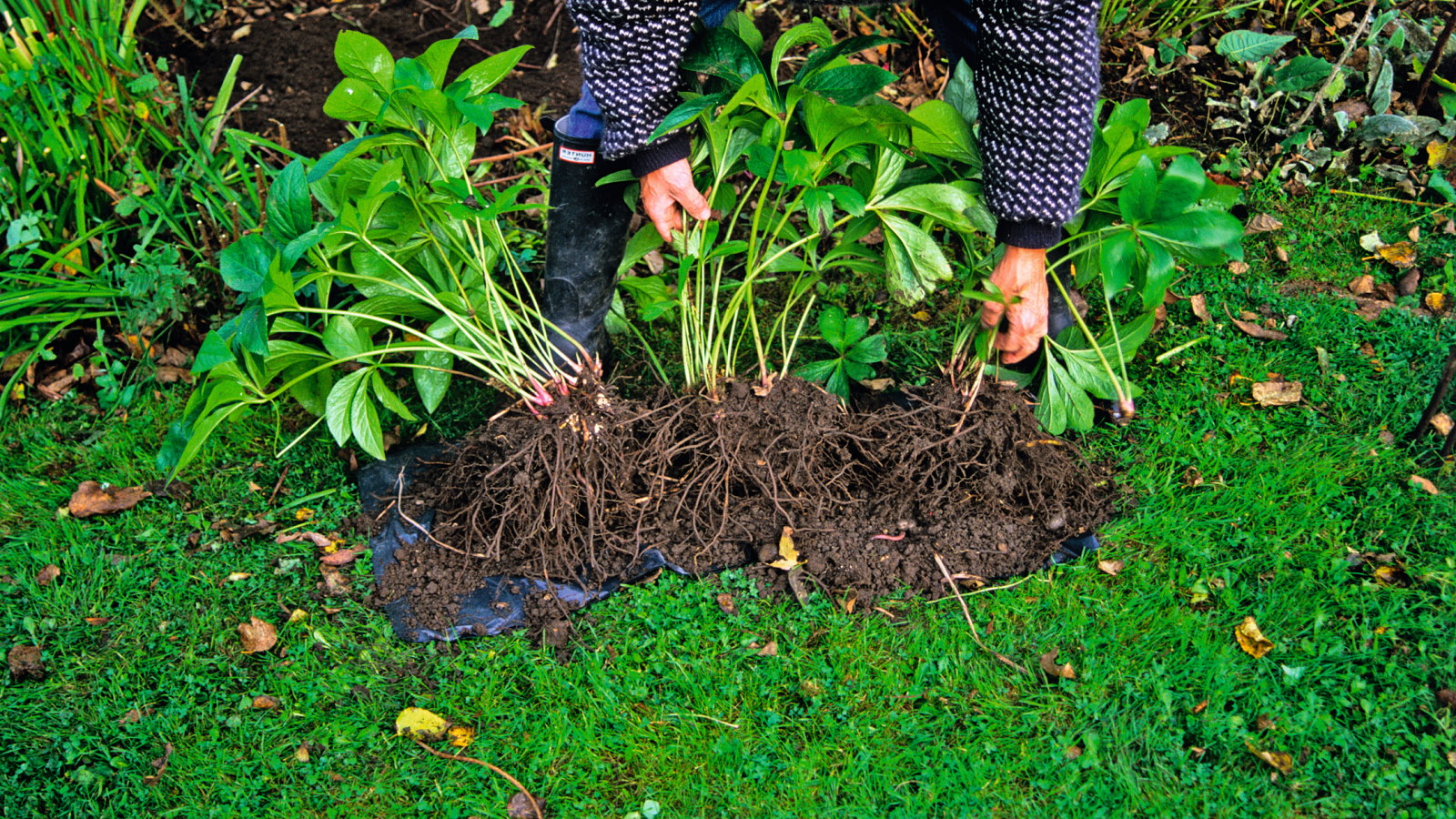
It is well-known that dividing plants is a wonderful and simple way to get more perennial plants for your backyard. Choosing when to split plants is important and can make the difference between success and failure.
As perennials age, they become sizeable, the quality of blooms may lessen, and a bare patch can develop in the crown’s center. Splitting healthy and established clumps every few years reinvigorates them. It means improved flowering and more of your favorite plants for any backyard ideas, adding these to your collection for free.
On top of knowing how to divide plants correctly, it is important to understand when to divide plants as part of your gardening year. Picking the best time to split plants reduces the stress you place on them, increasing the likelihood of clumps establishing quickly and happily in their new home.
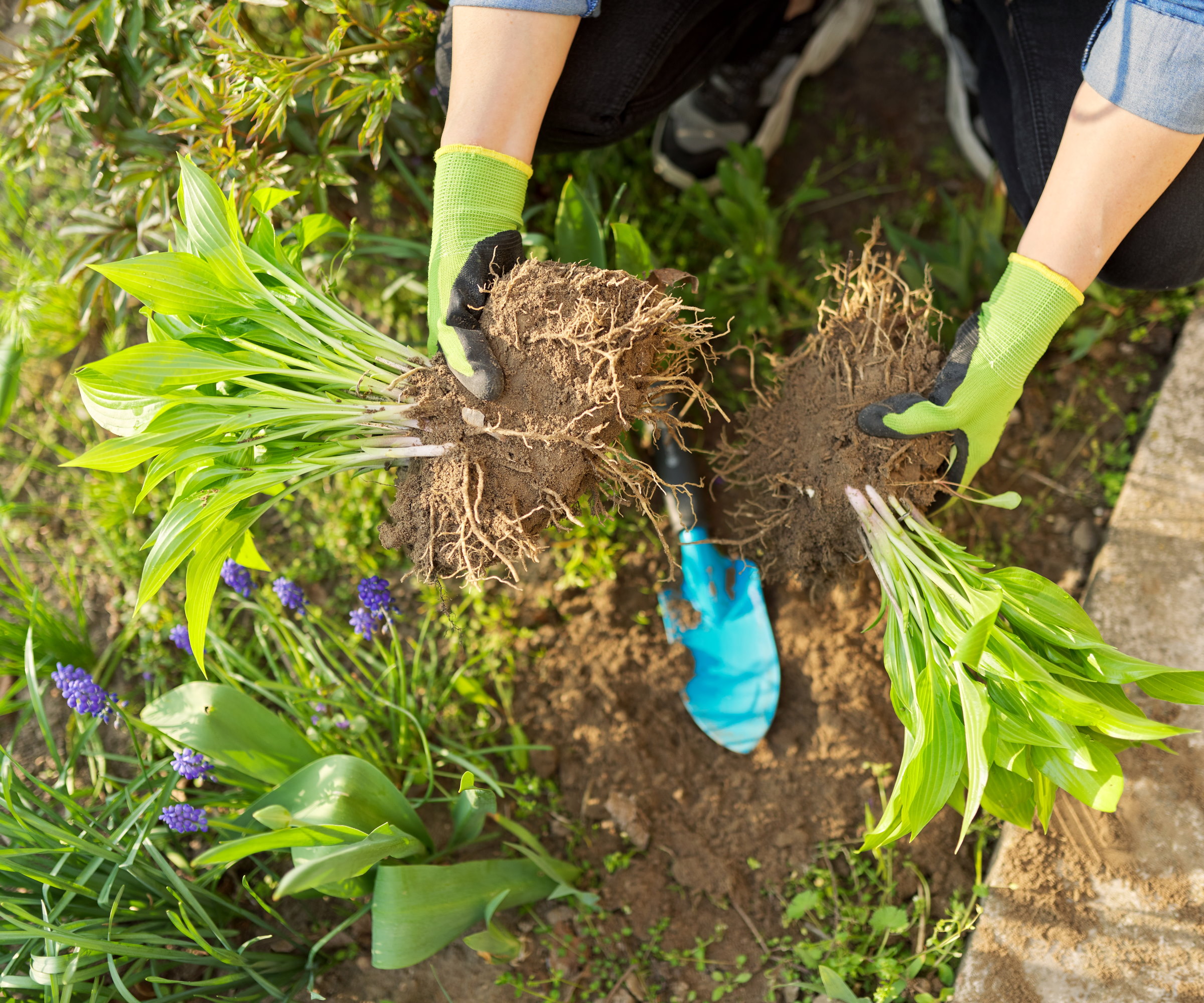
Planning when to split plants avoids over-stressing perennials
The best time to divide plants
It is possible to divide plants almost any time of year, however, the best times to divide plants are in fall and spring.
Split plants in summer or winter and you will place extra stress on a plant due to the extreme weather. As dividing clumps is stressful enough for any plant, splitting plants in fall or spring allows them to adjust and recover in cooler conditions and moist soil.
Dividing plants in spring
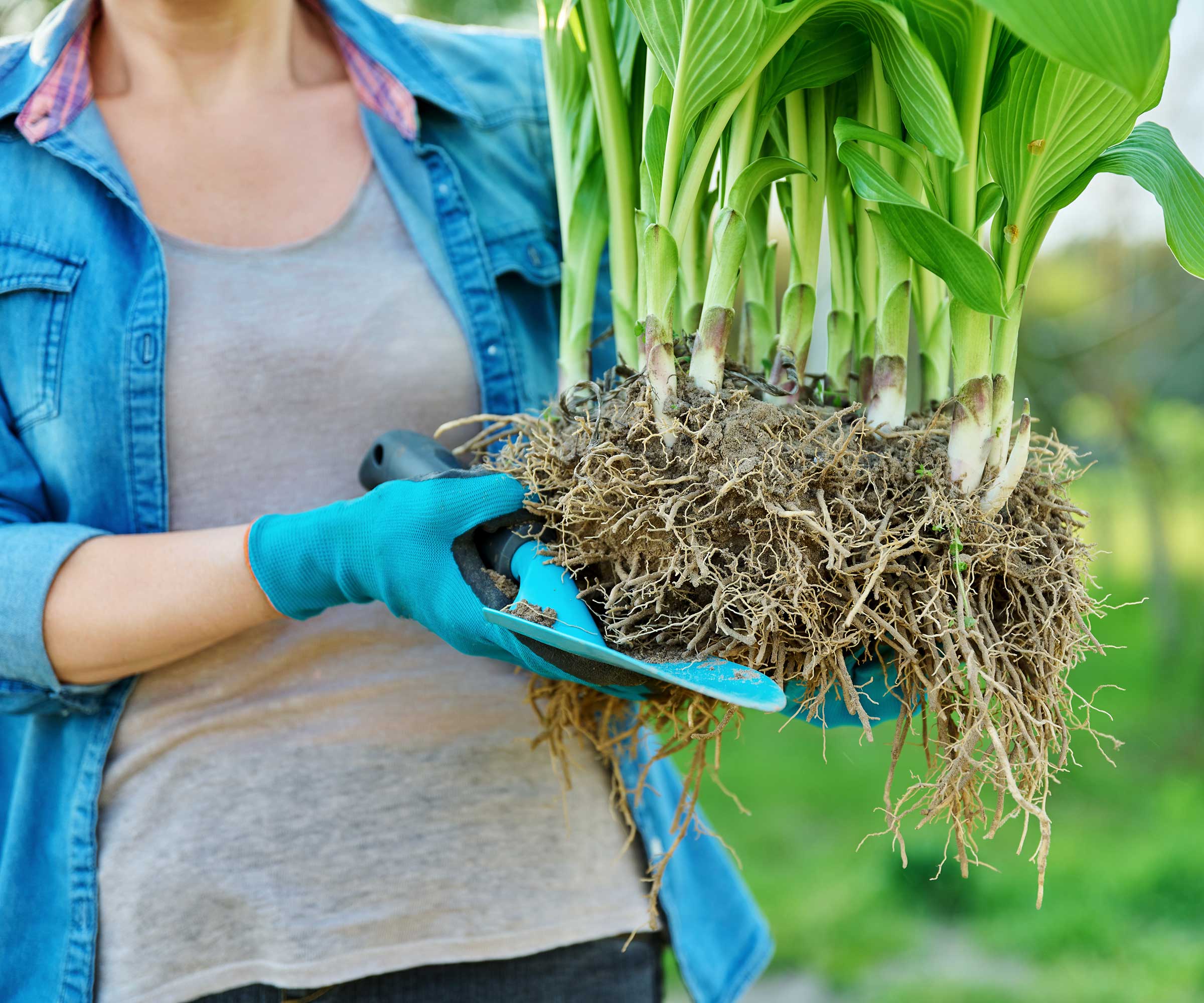
The best time to divide plants can depend on when they flower
Spring is a great time to divide plants and it was common during my years as a professional gardener to revamp flower beds and borders by splitting and moving plants at this time of year. Dividing plants is a task to add to a spring gardening checklist as there are many tangible benefits to the spring division of perennial plants.
Perennials are just breaking dormancy in early spring and can cope well with the stress of being split and moved. The months of March to May offer a fantastic window to rejuvenate clumps, get more plants for free, and divide plants safely in the knowledge any relocation is likely to be successful.
Design expertise in your inbox – from inspiring decorating ideas and beautiful celebrity homes to practical gardening advice and shopping round-ups.
In spring the plants are just starting to awake from their dormancy period. This is a period of vigorous activity within the plant, as energy has been stored in their roots all winter and they are itching to start growing. Dividing plants in this window means they are ready to start growing immediately in their new location and have an entire season to get established.
The soil is starting to warm in spring and it is a season of regular rainfall, which helps the plant get established and reduces your need to water plants often. The perennial should have enough time to put down a strong set of roots and shoots ahead of the temperatures rising for summer.
There is a long list of plants to divide in spring. Hostas, daylilies, primroses, geraniums, asters, bleeding hearts, coneflowers, coral bells, dianthus, and many more summer and fall-flowering perennials are suited to dividing in spring.
It is important to wait until the last frosts have ended and the soil is workable - this makes the job easier and protects the plants. When you lift and divide plants in spring, it is also an ideal time to remove any old, dead, diseased, or damaged growth from the plant to preserve its health.
After splitting clumps, keep each well-watered after replanting and continue to water plants during dry spells until the roots are fully established.
Dividing plants in fall
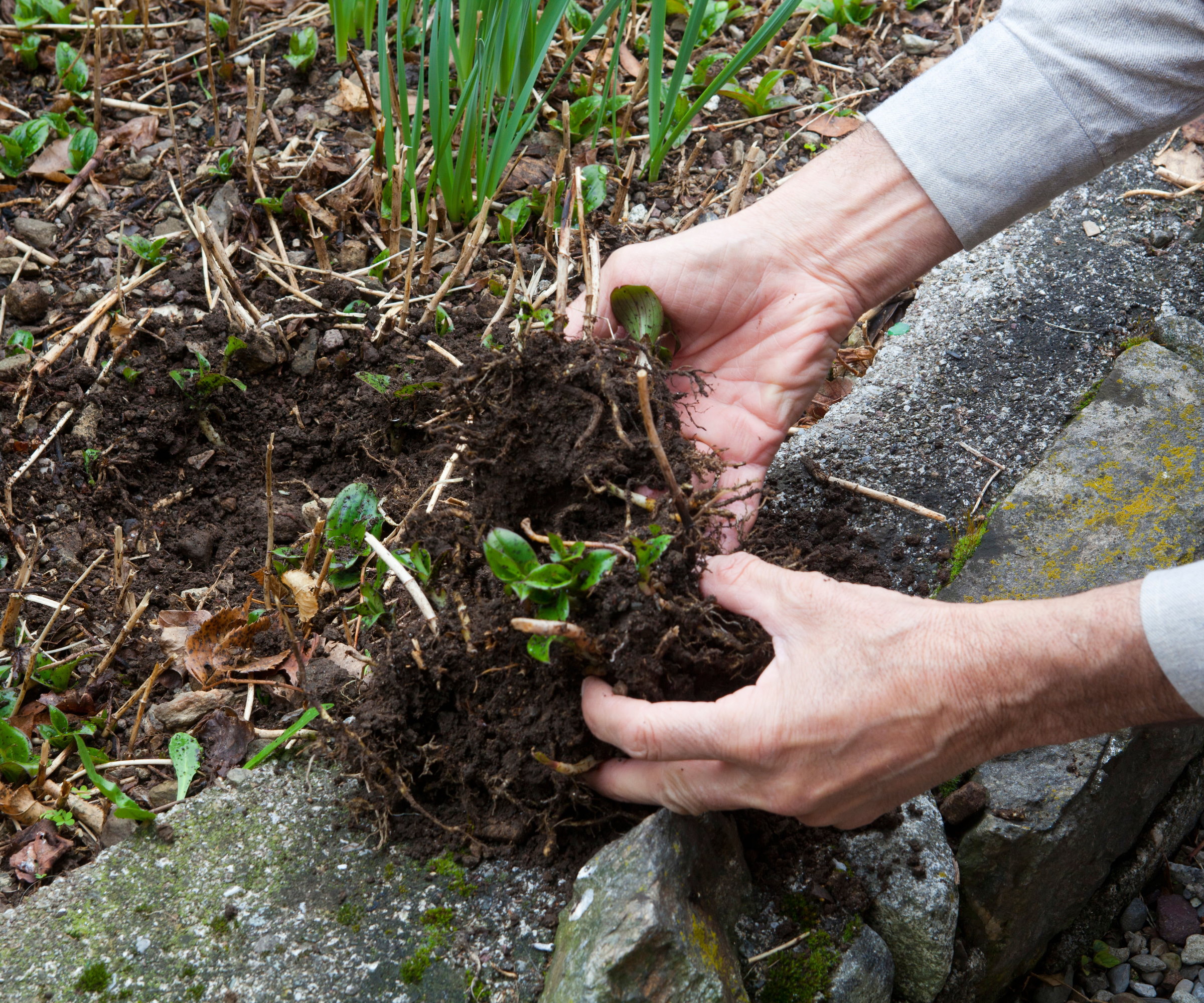
Knowing how and when to divide plants keeps any perennials healthy
Early fall is the other ideal time to divide spring and summer-flowering perennial plants. Healthy perennial clumps can be divided after their blooming season finishes to make more plants you love, for free.
‘Summer-flowering perennials, such as daylilies, geraniums and lychnis, can be successfully divided in the fall. With little effort and at no cost, you can quickly double the number of plants in your borders, or share them with gardening friends,’ says Thomas Rutter, former professional gardener and content editor at Homes & Gardens.
If you are putting together your fall gardening checklist, it is also a great time to divide peonies, phlox, black-eyed Susan, salvia, and many more popular summer-flowering plants. Waiting until the plants have finished blooming is always recommended, as flowering takes a lot of energy out of perennials and they will struggle to reestablish roots quickly if moved when they flower.
Dividing in early fall allows plants to take advantage of the post-summer warmth that remains in the soil and moisture from regular fall rains, which helps plants establish roots speedily.
‘Opt to divide plants at a time when the weather is mild and dry,’ adds Thomas. ‘Lifting and dividing plants when the soil is dry enough to work will make the job ten times easier and prevent damage to the original clump.’
It is best to divide clumps well ahead of the first frost, ideally giving them 4-6 weeks to develop a healthy root network before the first ground frost of winter. If you have wet falls, or live in colder northern US hardiness zones, it may mean you favor dividing plants in spring.

Thomas is a Content Editor within the Gardens Team at Homes and Gardens. He has been working as a gardener and garden writer for several years.
Shop tools for dividing plants
FAQs
When do you split irises?
When growing irises, the best time to divide clumps depends on the type of irises. Bearded irises go against the advice outlined above and are divided just after flowering in summer. However, clump-forming irises, such as Siberian varieties, are best divided in fall or spring.
Can you split hydrangeas in summer?
It is not recommended to divide hydrangeas in summer due to the heat and the stress that splitting the plant would cause. The best time to divide hydrangeas is in the fall or spring.
When to split delphiniums?
Delphiniums can be split every 3-5 years to keep the clumps vigorous and producing their statuesque flowering stems. As part of caring for delphinium plants, dividing is best done in spring and clumps should still flower that summer from being split in early spring.
Many backyard plants will relish being divided and rejuvenated, but not all. There are some plants you should never divide, including lavender, rosemary, and California lilac.
If you want more of these, it is better to take plant cuttings as they may not respond well to being divided and you risk losing them completely.

Drew has worked as a writer since 2008 and was also a professional gardener for many years. As a trained horticulturist, he worked in prestigious historic gardens, including Hanbury Hall and the world-famous Hidcote Manor Garden. He also spent time as a specialist kitchen gardener at Soho Farmhouse and Netherby Hall, where he grew vegetables, fruit, herbs, and cut flowers for restaurants. Drew has written for numerous print and online publications and is an allotment holder and garden blogger. He is shortlisted for the Digital Gardening Writer of the Year at the 2025 Garden Media Guild Awards.

